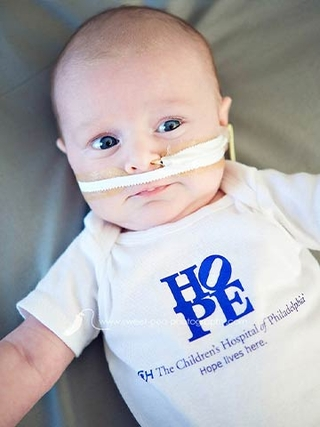
by Erika K Wolf | Apr 2, 2025 | Blogs, Bowel Obstruction, Condition, Congenital Diaphragmatic Hernia, front-page, News, Story
A family’s journey through the challenges of CDH led them to life-saving care at Children’s Hospital of Philadelphia, where their son received expert treatment and a second chance at life.
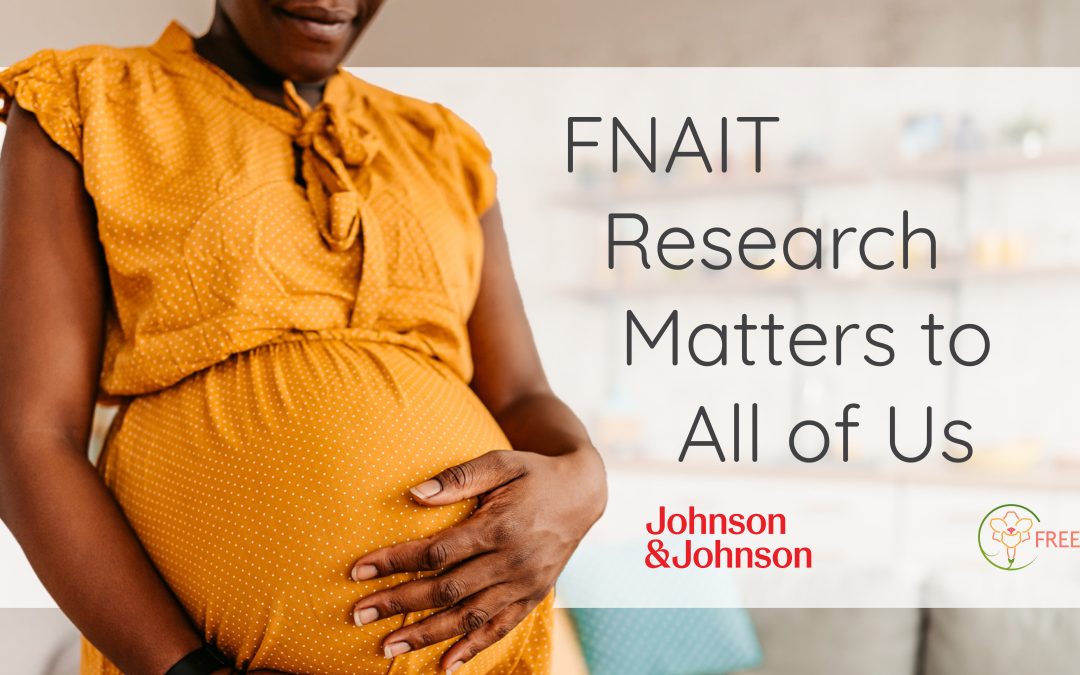
by Erika K Wolf | Mar 25, 2025 | Alloimmune Thrombocytopenia, Blogs, Condition, fetomaternal alloimmunization, front-page, News, Story, Uncategorized
The FREESIA-3 research study is investigating a new treatment for FNAIT, a rare condition that affects a baby’s platelet count during pregnancy. Pregnant women at risk may qualify for free study medication, care, and health evaluations for mother and baby. Learn more about this opportunity today!
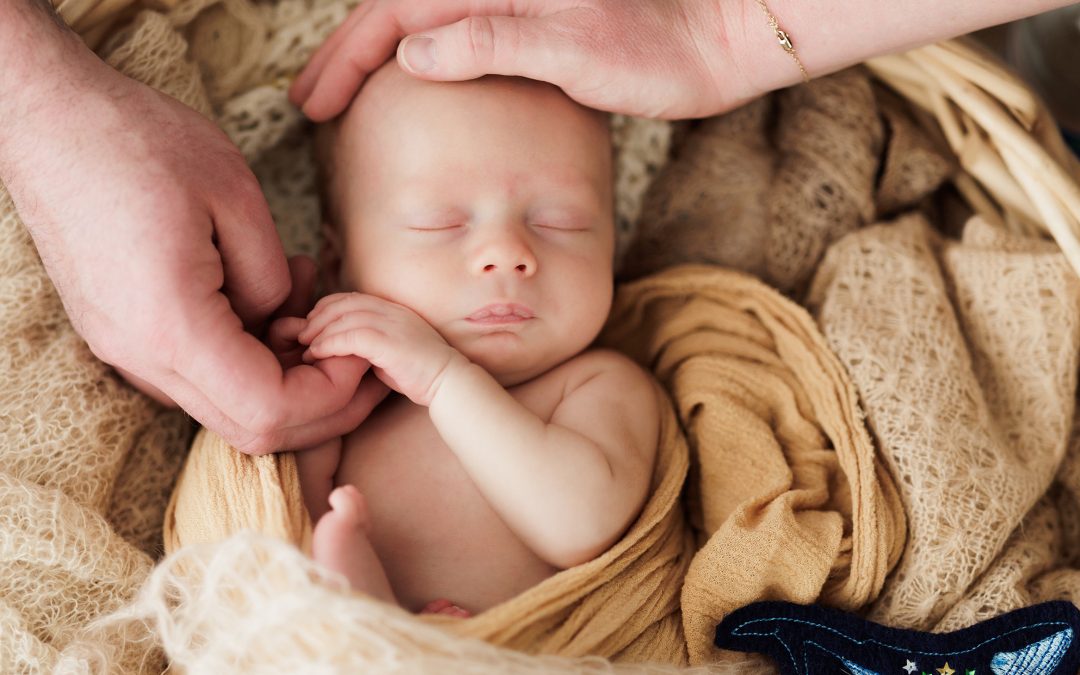
by Erika K Wolf | Mar 24, 2025 | Blogs, Condition, fetomaternal alloimmunization, front-page, News, Story, Uncategorized
Briana Gray’s journey to motherhood is marked with love, loss, and healing. After losing her son Elijah to FNAIT, she found strength through supportive care and determination. Now raising her sons Callum and Noah, Briana honors Elijah’s memory while embracing the joys of motherhood.

by Erika K Wolf | Mar 20, 2025 | Blogs, Condition, front-page, Hypoplastic Left Heart Syndrome, News, Story, Uncategorized
Sarah and Yaniv’s son, Thomas, was born with HLHS – hypoplastic left heart syndrome. Thanks to early intervention and expert care from CHOP, Thomas underwent life-saving surgeries and is now thriving as a toddler.
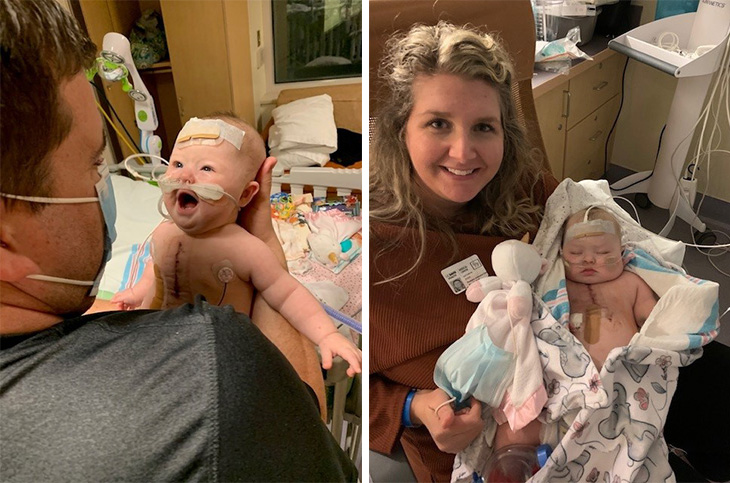
by Erika K Wolf | Mar 19, 2025 | Blogs, Condition, front-page, News, Story, Uncategorized
Ruthie, a baby with Down syndrome, received critical care at UC Davis Children’s Hospital after being diagnosed with a heart condition. With expert support and successful heart surgery, she overcame early challenges and is thriving. Her parents share their journey and encourage others to trust specialized care.
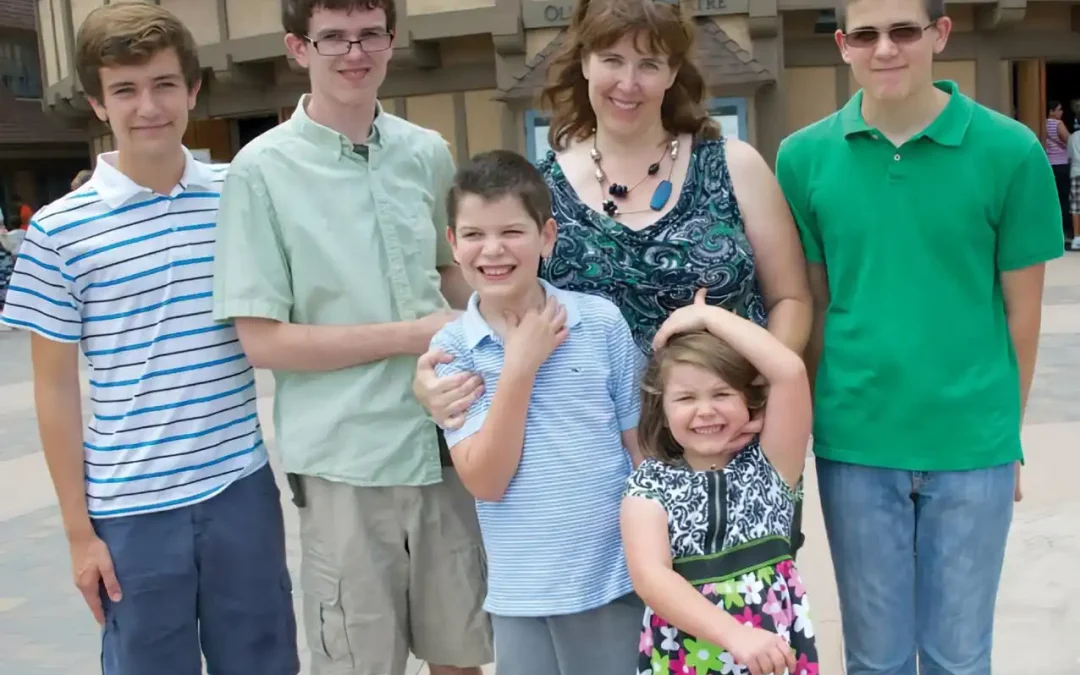
by Erika K Wolf | Mar 17, 2025 | Blogs, Condition, front-page, News, Uncategorized
In this heartfelt reflection, Moira Allbritton shares her journey raising five children, four of whom have autism, and the lessons learned about embracing imperfection, finding acceptance, and discovering joy in parenting children with disabilities.






